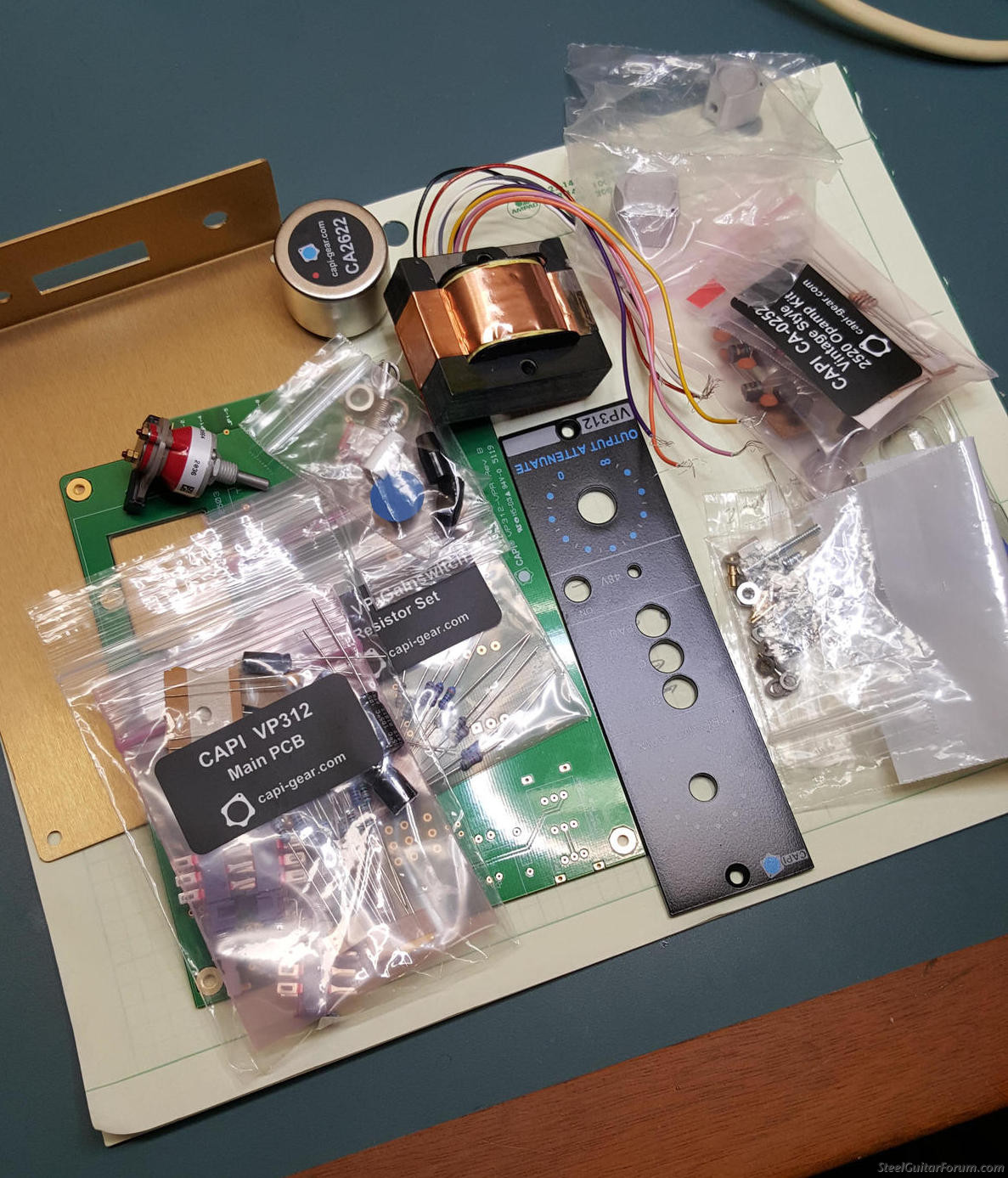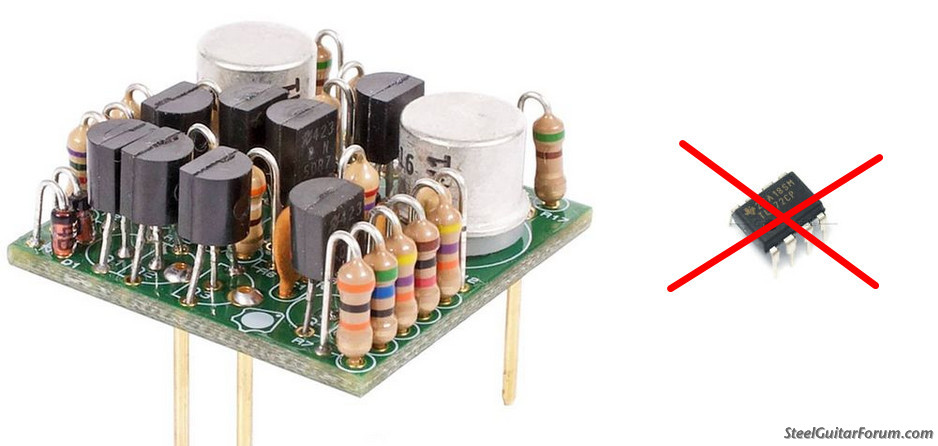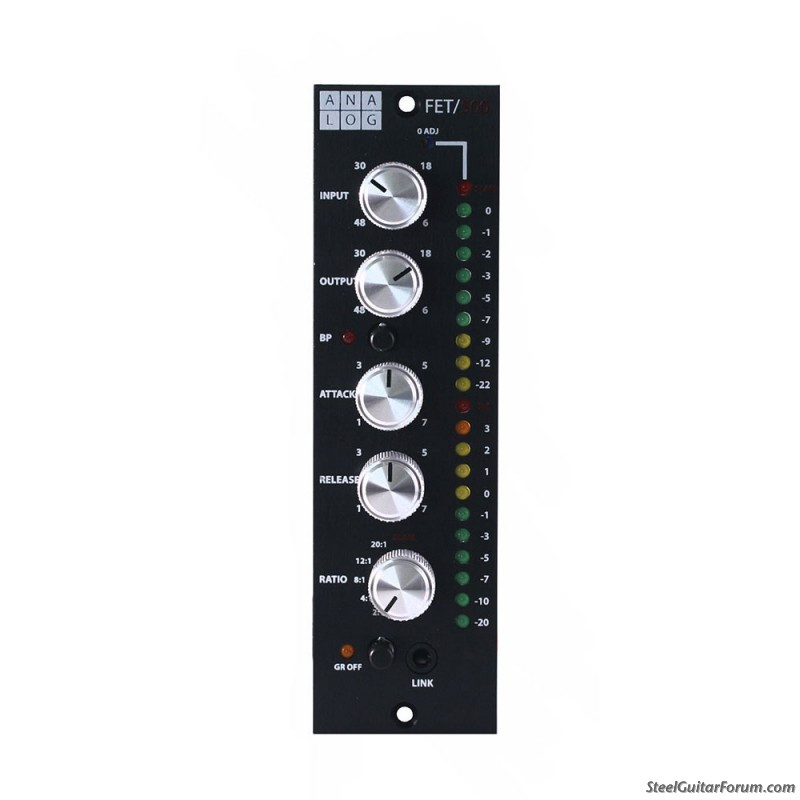I recently installed a 500 series rack, primarily to expand my preamp selection, and that (and a friend's gentle nudge) got me turned onto the whole DIY market. Once I went down that path, I found out that if you're reasonably good with a soldering iron and standard electronic bench gear, you can build a really good preamp (and other recording gear) for a lot less than the same thing would cost you already assembled.
In my case, I was looking for some options for a preamp from the 'color' family. Rather than just clean gain, this family of preamps has an inherent 'sound' that is usually described as 'warm' or 'fat', and is often associated with vintage API or Neve consoles. These are the consoles a lot of hit records in the 70's and 80's were recorded through. One common trait of these preamps (or console channels) is discrete components and transformers. No ICs are typically found in the audio path, even the OpAmps are discrete, built with transistors. So, they are actually good candidates for DIY kits.
Once I started looking, I found this webpage, which is a company owned and operated by an API guru. I've read that he actually has a vintage API console in his basement (it was so big it had to be disassembled to get it down there), and he has used that to reverse engineer and recreate that API sound in a series of different 500 format preamps.
Classic Audio Products
So I got interested and ordered a couple of API 'clones' to check it out. This is what showed up (one kit, check the input and honking output transformers

I worked slowly, a few hours over a couple of nights, but had no problems with the build. There's a lot of build guide information available. The kit also includes the discrete op amp, which was a little more challenging, only because the board is compact about 1.5" square.

I put the first one in the rack, it powered up perfectly, and I'm really happy with the way it sounds. These particular pres have an input gain and output attenuator, so you can drive the gain stage a little harder to get more or less of the 'color' and then attenuate the output down to whatever level your interface needs. The second kit has since been built and installed next to this one. It went considerably quicker.

This DIY project went so well, I'm on to the next one. These guys out in Seattle offer an 1176 blackface FET comp 'clone' in a 500 series format. This kit has a few more parts, and some post assembly calibration required, but I'm confident this will be a great addition to the gear 'stable':
https://www.hairballaudio.com/catalog/f ... revision-d

Anybody else build DIY stuff? Any hot tips on cool products? Doesn't have to be recording gear, I've seen some pretty cool guitar effects etc.


 I bought mine.
I bought mine.

